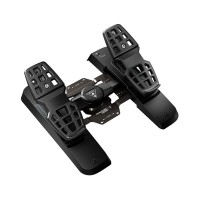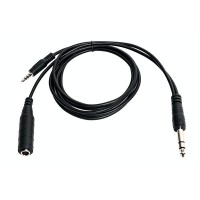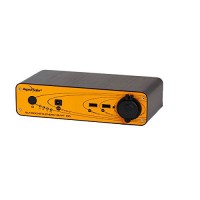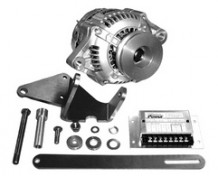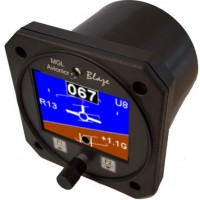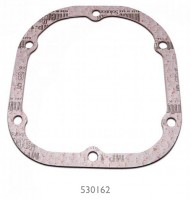FREE SHIPPING ON ORDERS OVER $350 (SOME EXCLUSIONS APPLY) | 877-4-SPRUCE
Learning To Fly Helicopters - Ebook
$25.00/Each
Part# 13-09838
MFR Model# 0668-MGH-E
MFR Model# 0668-MGH-E
Overview
This guide covers virtually everything you need to know to become a safe and efficient helicopter pilot; an ideal supplement to ground school training. Inside Learn To Fly Helicopters:
|
WARNING: Cancer and Reproductive Harm - www.P65Warnings.ca.gov. |
Specifications
- File Type: Secure Adobe .acsm format
- File Size: 49.7Mb
- Print: not allowed
- Copy/Paste: not allowed
- Offline Access: yes
- Search: always
- Bookmarks: always
- System Reqs: Windows, Macintosh, iPad, and more
Documents
Contents
- TABLE OF CONTENTS:
- Foreword
- Acknowledgments
- Introduction
- Helicopter Myths
- Basic Aerodynamics
- lift and airfoils
- stalls
- torque and tail rotors
- unconventional helicopter design
- Flight Controls
- the collective
- the throttle
- the cyclic stick
- the tail rotor pedals
- Your First Flight
- before the flight
- baggage
- hearing protection
- boarding the helicopter
- before takeoff briefing
- the flight
- emergencies
- Basic Flight Maneuvers
- straight and level
- pilot induced turbulence
- acceleration / deceleration
- level turns
- normal climbs
- cyclic only climbs
- collective only climbs
- best climb method
- normal descents
- turning climbs and descents
- doing it by the numbers
- Learning To Hover
- the basic hover
- hovering turns
- hovering in the wind
- in and out of ground effect
- More Basic Maneuvers
- takeoff
- approach and landing
- traffic patterns
- quick stops
- Autorotation
- four step aircraft emergency procedure
- practicing autorotations
- closer to the ground
- hovering autorotations
- common errors
- autorotation 180 and 360 degrees
- the dead man's curve
- Advanced Maneuvers
- confined area operations
- slope operations
- maximum performance takeoffs
- pinnacles and ridge operations
- roof-top heliports
- Emergencies
- tail rotor system failures
- tail rotor control failures
- tail rotor drive failures
- main gearbox malfunctions
- engine malfunctions
- fires
- Aircraft Systems
- engines
- main transmission
- clutch and freewheeling unit
- main rotor systems
- rotor blades
- swashplates
- vibration reducing devices
- fuel systems
- electrical systems
- hydraulic systems
- flight instruments
- other systems
- Human Factors and Safety
- psychological baggage
- future problems
- advice to the manufacturers
Q&A
Please note, Aircraft Spruce ®'s personnel are not certified aircraft mechanics and can only provide general support and ideas, which should not be relied upon or implemented in lieu of consulting an A&P or other qualified technician. Aircraft Spruce ® assumes no responsibility or liability for any issue or problem which may arise from any repair, modification or other work done from this knowledge base. Any product eligibility information provided here is based on general application guides and we recommend always referring to your specific aircraft parts manual, the parts manufacturer or consulting with a qualified mechanic.


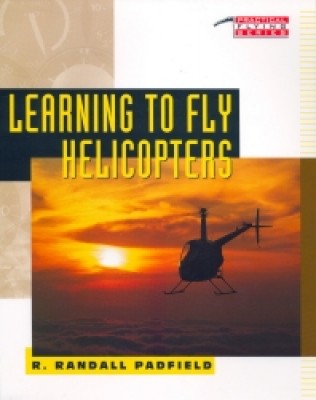





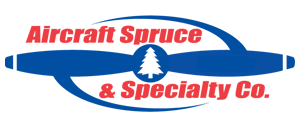 FREE Shipping
FREE Shipping

